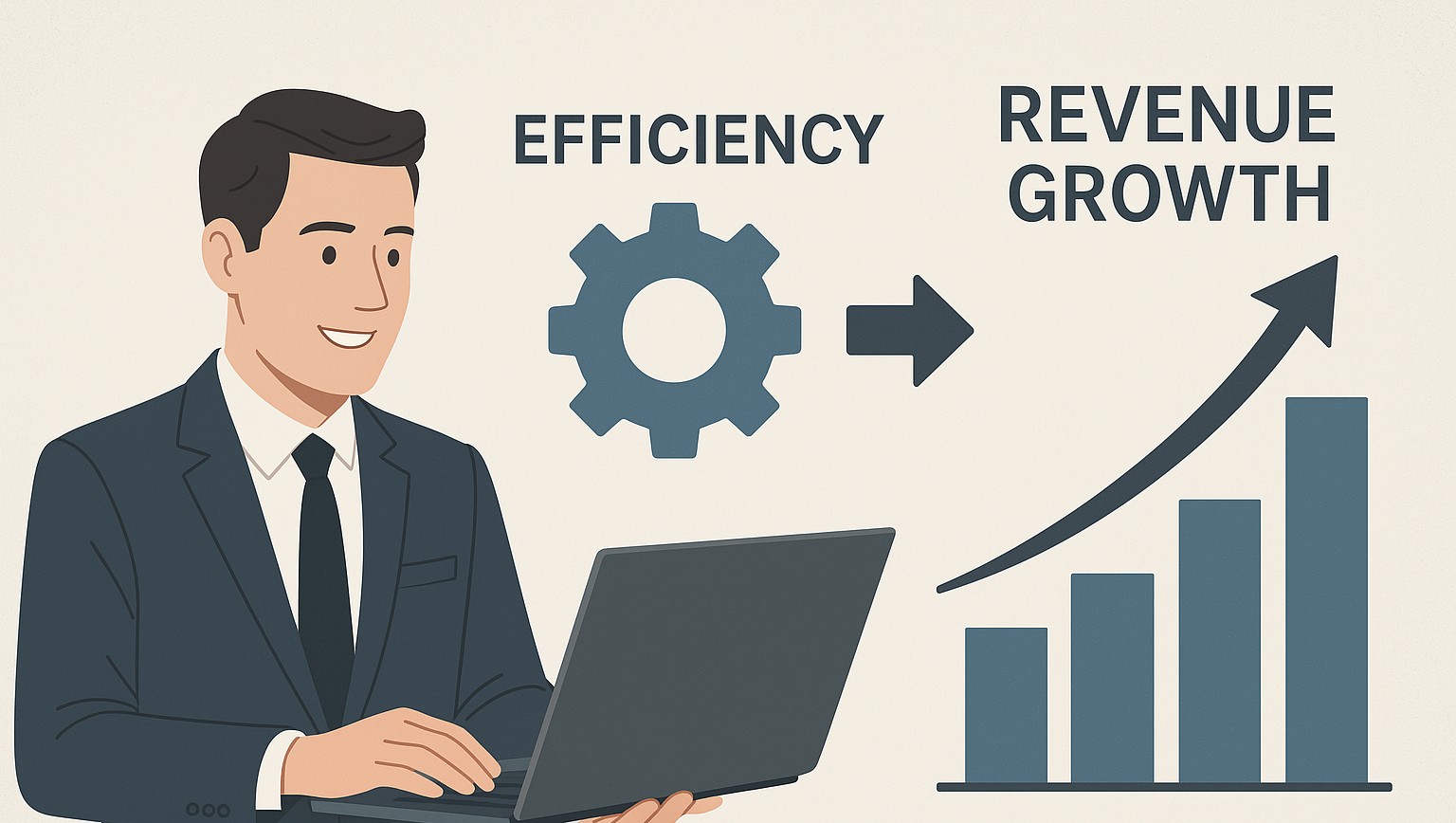Compliance frameworks play a critical role in protecting sensitive data and ensuring business integrity. This guide explains the key compliance regulations that impact MSPs and their clients, why they matter, and how your MSP can ensure compliance. This will help you avoid penalties, gain trust, and expand into regulated markets.
Please Note: Regulations are constantly evolving and can be confusing. Always seek out the latest information from the regulating agencies to get the most accurate information. Training and certification might be required. The following information is a first step to your complete education on this topic.
Key Compliance Regulations MSPs Must Know
1. HIPAA
-
What It Is
- The Health Insurance Portability and Accountability Act (HIPAA) is a U.S. regulation that protects the privacy and security of health-related information. It applies to healthcare providers, insurance companies, and any business associates — including MSPs — that handle protected health information (PHI).
-
How It Impacts MSPs
- MSPs serving healthcare clients must implement safeguards like data encryption, access controls, and audit trails.
- Violating HIPAA can result in severe fines of up to $50,000 per violation along with reputational damage.
-
What MSPs Should Do
- Ensure that clients’ PHI is secure through HIPAA-compliant cloud storage, backups, and cybersecurity solutions.
- Conduct regular HIPAA Risk Assessments and train staff on HIPAA protocols.
- Sign business associate agreements (BAAs) with clients, acknowledging your responsibility for PHI.
-
Bottom-line Impact
- Serving HIPAA-compliant clients allows you to target lucrative healthcare verticals.
2. GDPR
-
What It Is
- General Data Protection Regulation (GDPR) is a European Union regulation that governs the collection, processing, and storage of personal data of EU residents. It applies globally to any organization that handles EU client data — including MSPs.
-
How It Impacts MSPs
- MSPs must ensure proper handling and protection of client and end-user data, regardless of location.
- Noncompliance can result in fines up to 20 million euros or 4% of global revenue, whichever is higher.
-
What MSPs Should Do
- Implement robust data protection measures like encryption, secure backups, and data anonymization.
- Train your staff on GDPR guidelines to avoid accidental noncompliance.
- Help clients create Data Protection Impact Assessments (DPIAs) for high-risk data processing.
-
Bottom-line Impact
- GDPR compliance can position your MSP as a global-ready provider, attracting international clients.
3. CMMC
-
What It Is
- Cybersecurity Maturity Model Certification (CMMC) is a U.S. Department of Defense framework that requires contractors and subcontractors to meet strict cybersecurity requirements to protect Controlled Unclassified Information.
-
How It Impacts MSPs
- If your MSP works with defense contractors, you must meet the relevant CMMC level (Level 1–3).
- MSPs providing managed IT or cybersecurity services will play a key role in helping defense contractors achieve compliance.
-
What MSPs Should Do
- Familiarize yourself with CMMC levels and controls. Level 1 focuses on basic hygiene; Level 3 requires more rigorous processes.
- Assess your own compliance capabilities before advising clients.
- Partner with CMMC assessors to assist clients with certifications.
-
Bottom-line Impact
- CMMC compliance opens opportunities to work with government contractors, a highly profitable niche.
4. PCI DSS
-
What It Is
- Payment Card Industry Data Security Standard (PCI DSS) is a global standard for securing credit card transactions and protecting cardholder data. Businesses that handle payments — retail, e-commerce, hospitality, etc. — must comply.
-
How It Impacts MSPs
- MSPs that provide IT services to clients handling payments must help implement PCI-compliant systems.
- Violating PCI DSS may lead to significant fines, card-processing restrictions, and security breaches.
-
What MSPs Should Do
- Implement secure payment networks, encryption, and firewall protections for clients handling transactions.
- Regularly conduct vulnerability scans and penetration testing to ensure compliance.
- Educate clients about proper data handling and PCI requirements.
-
Bottom-line Impact
- MSPs that support PCI compliance can gain trust and marketability in payment-heavy industries like retail.
5. SOC 2
-
What It Is
- SOC 2 (System and Organization Controls 2) is a framework designed to ensure secure data management for service providers. It’s based on five principles: security, availability, processing integrity, confidentiality, and privacy.
-
How It Impacts MSPs
- MSPs offering cloud services or SaaS solutions may be required to meet SOC 2 compliance to gain client trust.
- MSPs with SOC 2 compliance often stand out as trusted partners.
-
What MSPs Should Do
- Align your internal processes, tools, and controls with the SOC 2 framework.
- Conduct third-party audits to demonstrate compliance.
- Use compliance-ready tools like encrypted cloud storage and access management.
-
Bottom-line Impact
- Being SOC 2 compliant positions you as a secure, reliable MSP for businesses prioritizing data security.
6. NIST Cybersecurity Framework
-
What It Is
- The NIST CSF is a voluntary framework providing guidelines for identifying, protecting, detecting, responding to, and recovering from cybersecurity threats.
-
How It Impacts MSPs
- MSPs can use NIST CSF as a baseline to build strong cybersecurity practices for themselves and their clients.
- It’s commonly adopted by businesses in finance, healthcare, and other regulated industries.
-
What MSPs Should Do
- Use the NIST framework to assess gaps in your cybersecurity strategy.
- Incorporate its five core functions (identify, protect, detect, respond, recover) into your managed security services.
- Provide NIST-based audits or roadmaps for your clients’ cybersecurity readiness.
-
Bottom-line Impact
- Offering NIST-aligned services helps you attract security-conscious clients and differentiate your offerings.
Companion Checklist: Compliance Regulations for MSPs
1. Are You Familiar with HIPAA Compliance Requirements for Healthcare Clients?
- If Yes: Ensure that you’re conducting risk assessments and signing BAAs with clients.
- If No: Research HIPAA guidelines and begin implementing compliant processes.
2. Do You Work with Clients in Europe or Process EU Residents’ Data?
- If Yes: Make sure GDPR-compliant data protection measures are in place.
- If No: Evaluate opportunities for GDPR education and readiness.
3. Are You Equipped to Support Clients in Achieving CMMC Compliance?
- If Yes: Leverage this capability to enter the government contracting space.
- If No: Explore partnerships with CMMC assessors to expand your service offerings.
4. Do You Help Clients Maintain PCI DSS Compliance?
- If Yes: Document processes for secure payment solutions and regular testing.
- If No: Assess the opportunity to offer PCI compliance services in retail and hospitality.
5. Are Your Internal Processes Aligned with SOC 2 Security Principles?
- If Yes: Promote your compliance as a differentiator in the market.
- If No: Conduct an internal SOC 2 readiness audit and improve where needed.
6. Do You Use the NIST Framework to Guide your Cybersecurity Practices?
- If Yes: Provide NIST-based roadmaps to clients.
- If No: Start aligning your services with the NIST CSF to attract security-conscious customers.
Conclusion
Compliance is critical for MSPs serving regulated industries. Understanding these frameworks, aligning your services with their requirements, and helping clients comply builds trust and positions your MSP for growth in lucrative markets. Use this guide and checklist to navigate the complexities of compliance and stay ahead of client needs.
Next Steps
- Want more helpful guidance? Check out our Compliance and Regulations Answer Center
- Have a question for our experts? Send it to editors@channelpronetwork.com
ChannelPro has created this resource to help busy MSPs streamline their decision-making process. This resource offers a starting point for evaluating key business choices, saving time and providing clarity. While this resource is designed to guide you through important considerations, we encourage you to seek more references and professional advice to ensure fully informed decisions.
Featured image: DALL-E














